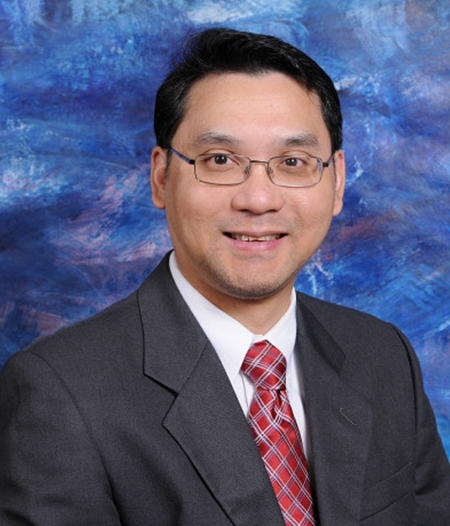 Spine surgeon Issada Thongtrangan, MD, of Valley Orthopedics in Phoenix, discusses the biggest opportunities for spine research and technology development in the future.
Spine surgeon Issada Thongtrangan, MD, of Valley Orthopedics in Phoenix, discusses the biggest opportunities for spine research and technology development in the future. Q: Where have the most prominent advances been in spine technology over the past few years?
Dr. Issada Thongtrangan: In my opinion, less invasive techniques in spine surgery have evolved and have gained popularity in the past four to five years. There is some learning curve but the technique is reproducible.
For example, lateral interbody fusion via specific retractor system in degenerative lumbar scoliosis. This technique has significantly impacted patients' outcomes, shortened hospital stay, and lessened complication rates as compared to the traditional open reconstruction surgery.
Q: What opportunities are there for additional research and development in the future?
IT: Back pain from symptomatic disc diseases is a major problem that impacts our country. The research on the treatment modalities for degenerative disc diseases with treatment that either regenerate or repair the nucleus pulposus (the core center) is very intriguing.
In my opinion, the role of autologous adult stem cells to treat early stage degenerative disc will be a hot topic in the future.
We also need the level one study for surgical treatment in degenerative disc disease. We, as spine surgeons, recently have been limited by insurance carriers to treat patients who have exhausted conservative measures and spinal fusion is the only option because it rarely gets approved from the insurance carriers due to lack of level one evidence.
Q: What are the most important technology advances being worked on today?
IT: I think we have a lot of developments and researches on implant, fusion and patient outcomes but I have not seen much of development on regeneration or degenerative disc repair and I would like to see this area of research growing more.
Q: Where do you see spine surgery developing in the future?
IT: I would like to see development of autologous adult stem cell research in treatment for degenerative disc diseases along with treatment for spinal cord injury. The outcome will make a huge impact on spine patients and spine community. Another area is better navigation system and perhaps, robotic assisted spine surgery for safer placements in revision cases or distorted anatomy and lessen radiation exposure for the patients.
More Articles on Spine Surgery:
10 Steps for Spine Surgeons to Overcome the Fiscal Cliff
5 Big Opportunities for Spine Surgery Research & Development
5 Spine Surgeons on Concerns About Emerging Technologies


